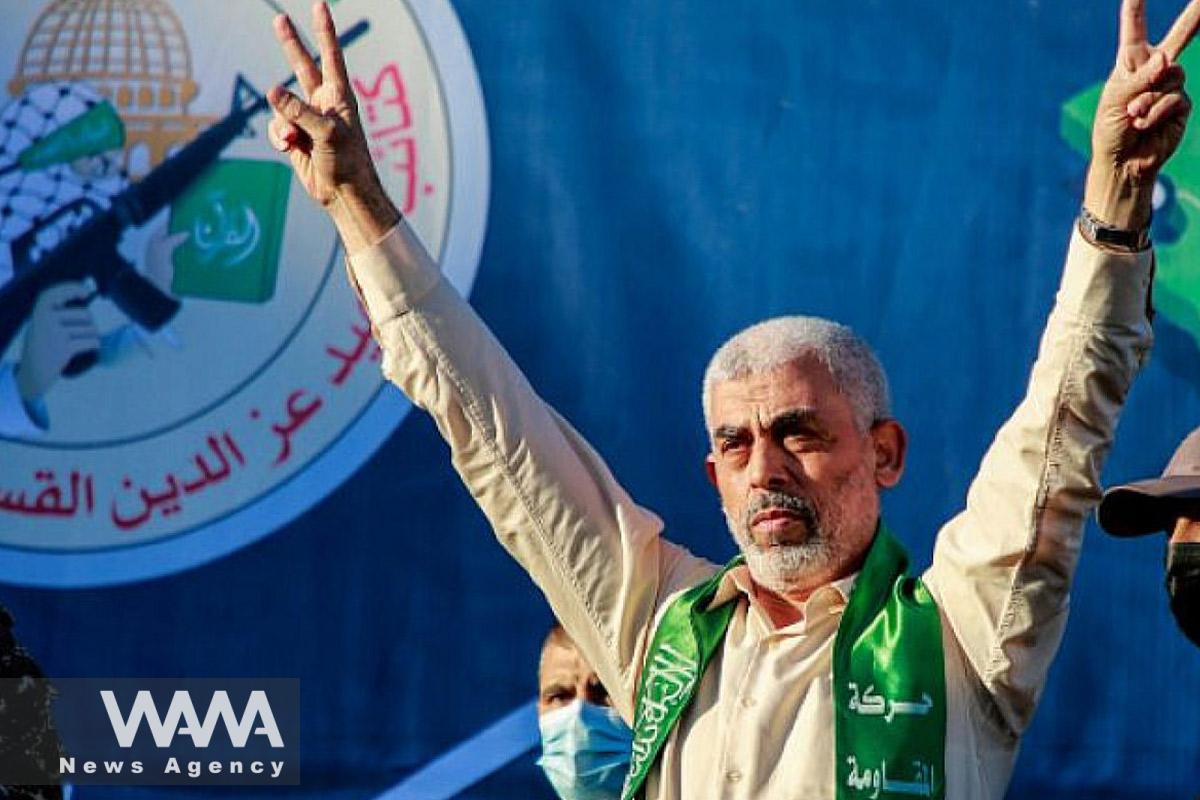The Moment a Legend Was Born: Yahya Sinwar at the Heart of the Image
WANA (Oct 18) – Sometimes a single moment can change the course of history. What Israel presented to the world as a display of its power through the killing of Yahya Sinwar turned into a historical milestone; not for Israel’s military might, but for the creation of a legend in Sinwar.
As one user on social media platform X wrote: “The assassination of Yahya Sinwar will unite the resistance more than ever before. Public opinion is now rallying behind Hamas, and the number of people joining Hamas is unprecedented.”
In these moments, Sinwar was no longer just a commander; he became a symbol of resistance and indomitable will. Caitlin Johnstone, an Australian writer with over 400,000 followers on X, reacted to Sinwar’s death by writing: “Sinwar died fighting soldiers, drones, and a damn tank with only one hand. Western men can’t even imagine dying like this.” This image of bravery became a symbol, not just in the Middle East, but around the world.

We will never recognize Israel and we will never cut ties with Iran
WANA (August 08) – The new leader of the Palestinian Islamic Resistance Movement, Hamas, once again reiterated Hamas’s firm stance against the disarmament of the resistance and the occupation. In his speech to a group of Palestinian youth in Gaza, Yahya Sinwar, the successor to Ismail Haniyeh, declared that no one can force Hamas […]
What Israel showcased as a moment of victory was, in the eyes of many, the point where they lost control of the narrative.
The image of Sinwar, with his severed hand and wounded body, throwing a stick toward an enemy drone, quickly became one of the icons of resistance against occupation.
Unintentionally, the drone filmed what seemed like a superhero scene. The video not only failed to show Israel’s military victory but accused them of making a strategic blunder: “By releasing this footage, Israel officially turned Sinwar into a legend.”

One international researcher pointed out: “Sinwar’s accidental death in combat created a heroic image of him and denied Netanyahu the chance to claim a major victory through a targeted assassination.” Israel, by its own hand, missed a golden opportunity and instead presented the world with the image of a hero.
Images, though often used as tools to shape public opinion, can sometimes work against their creators. The Supreme Leader of the Islamic Revolution in Iran once said, regarding a prominent Iranian commander known for his feats in the Iran-Iraq war: “If Nader Mahdavi had belonged to the communists, they would have made a Che Guevara out of him.” Now, Israel has inadvertently created a new Che Guevara in Yahya Sinwar.
The End of a Story; The Beginning of a Legend
Sinwar, with all his strength, stood his ground until the very last moment; something that even his enemies admitted. As one Hebrew account noted: “Sinwar’s image was released without military censorship, and this anti-security move deprived them of the chance to create a victorious narrative with the announcement of the assassination.”

Sadegh Zibakalam, an Iranian university professor and reformist politician, wrote regarding the assassination of Yahya Sinwar: “All the Israeli talk after Sinwar’s death is one thing, but how he died is another. Do you remember how much the Israeli military claimed that he was hiding in tunnels and using Israeli hostages as human shields?”
In the end, what remained of Yahya Sinwar was not just a military commander, but an eternal hero embedded in the image. With an unparalleled willpower and in moments that captivated the world, he became a model of resistance and defiance. As Danish philosopher Søren Kierkegaard once said: “The tyrant dies and his rule is over; the martyr dies and his rule begins.”

Why Yahya Sinwar?
WANA (Aug 07) – Many observers find the selection of Yahya Sinwar, the head of Hamas’ military wing, as the successor to Ismail Haniyeh and the new leader of Hamas to be unexpected and perhaps surprising. The choice of Sinwar carries several important points: 1. Unanimous Agreement: Sinwar was chosen with unanimous support, even […]














User comments